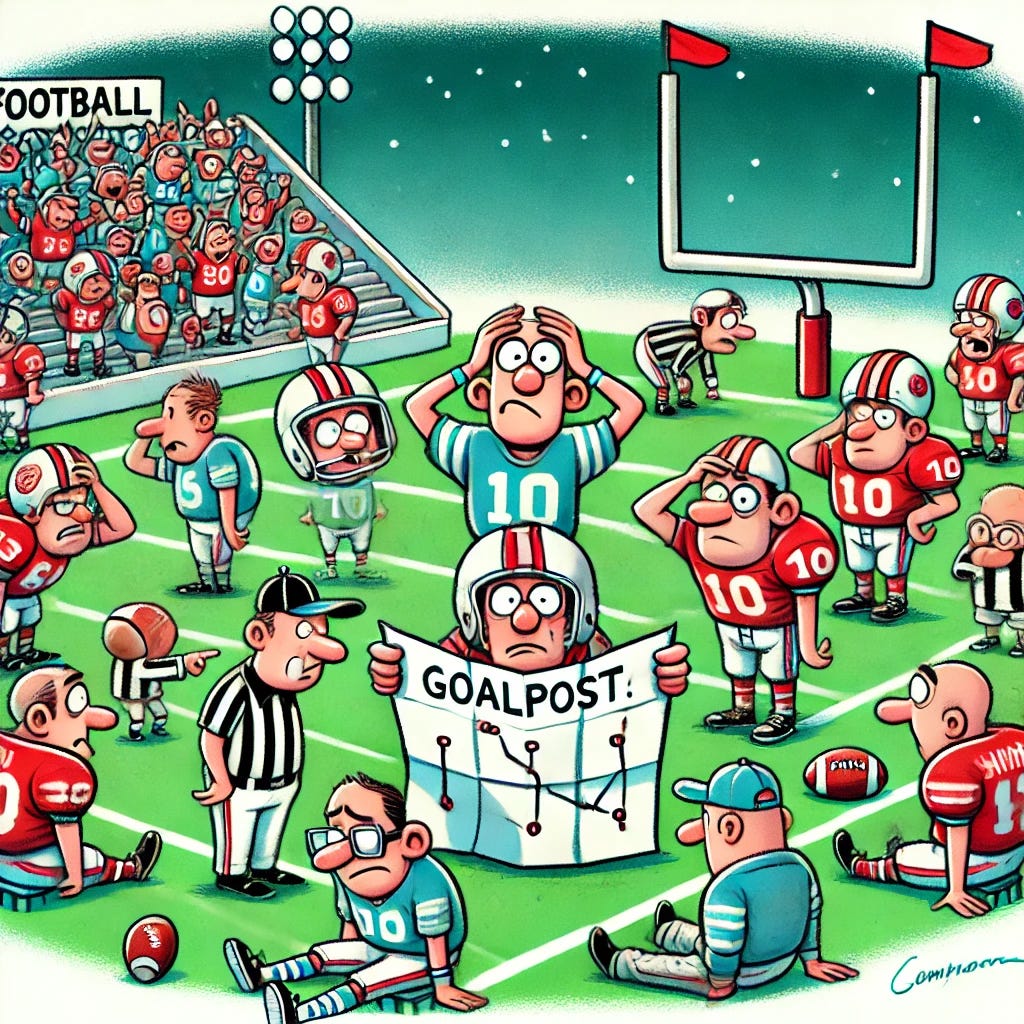Deciding what to do was the first step. Making it happen? That’s the key. We’ve explored the ‘Why’ and the ‘What’ of good decision-making. Now it’s time to dive into the ‘How.’
“Without action, a decision is just a wish.”
In this series, we’ll break down how to move from decision to action—from setting up a strong foundation to building momentum and handling setbacks.
Meet the Team: The Essentials for Success
A strong team matters more than a perfect plan. A cohesive team can create a great plan; a fractured one will struggle, no matter how good the plan is. A solid team is like a well-oiled engine; without it, no matter how accurate your map is, you won’t get far.
Whether you’ve built the team, inherited it, or joined as the newest member, here are some fundamental actions you can take to set the stage for success:
Psychological Safety and Belonging
Team members need to feel safe contributing and confident they belong. Without this, people hold back ideas, and collaboration suffers. A safe environment opens the door to innovation and teamwork.
Actions to Build Safety:
Encourage open discussion. Let the team know all ideas are welcome and respectful disagreement is healthy.
Normalize mistakes. Mistakes are valuable lessons. Remind the team that you’ve already paid the tuition—make sure to use the lesson.
Ask for feedback. Regularly invite input on what’s working and what isn’t. It signals their opinions matter and helps you address issues early.
Practical Tip: Lead by example. Share your thoughts openly, especially when you’re uncertain. Let the team know you value honesty and early communication, especially for bad news. This builds trust and ensures issues don’t fester.
Trust
Trust is the backbone of any successful team. When members trust each other, they collaborate openly and work toward shared goals. As the leader, your job is to ensure everyone understands and supports these goals.
Trust also ties directly to accountability. People need to believe that the team works toward shared objectives and that each member will deliver on their promises. Building trust requires clarity of purpose and consistent communication.
Practical Tip: Reinforce shared goals during regular check-ins. Ask how each task ties to the project’s purpose. This keeps everyone aligned and reminds the team why their work matters.
Autonomy, Accountability, and Responsibility
People do their best work when they’re trusted to make their own decisions. Giving team members ownership of their tasks keeps things moving smoothly. But autonomy needs accountability—team members must feel responsible for their work and the team. Responsibility ties it all together: it’s the commitment to follow through and support each other.
Build an environment where autonomy, accountability, and responsibility reinforce one another. When people are trusted to decide, committed to their work and teammates, and expected to deliver on promises, the team builds momentum naturally.
Clarity, Goals, and Commander’s Intent
When goals are unclear, projects drift. If the team doesn’t know what they’re aiming for, they’ll move in different directions. Your job as a leader is to define the goal clearly and explain the reasoning behind it. This is where Commander’s Intent becomes invaluable.
Commander’s Intent goes beyond the “what” by explaining:
Why the goal matters.
How the decision was made.
Limits or “rules of engagement” (e.g., budget constraints, no customer outages).
When the team understands not just the goal but the reasoning and boundaries, they can make better decisions independently while staying aligned with the project’s purpose.
Practical Tip: Along with your goals, create a “Not-to-Do” list. This helps the team focus and prevents scope creep—when projects grow beyond their intended scope. Regularly revisit both the goals and boundaries to ensure the team stays on track.
“If you don’t know where you’re going, you’ll end up someplace else.” – Yogi Berra
Starting a project with the right foundation is half the battle. From building a strong team to setting clear goals, each step brings you closer to turning decisions into results. Simplicity, clarity, and alignment with stakeholder needs (those directly affected by the project) are key to ensuring the project doesn’t just get done—but gets done well.
With the groundwork set, the next step is about keeping the momentum going. In our next post, we’ll focus on building a daily routine that keeps the team moving forward, even when challenges arise.
Special thanks to Al, my ChatGPT AI assistant, for helping me research and build this post. By the way, the illustrations are Al’s too.
That's My Perspective.






